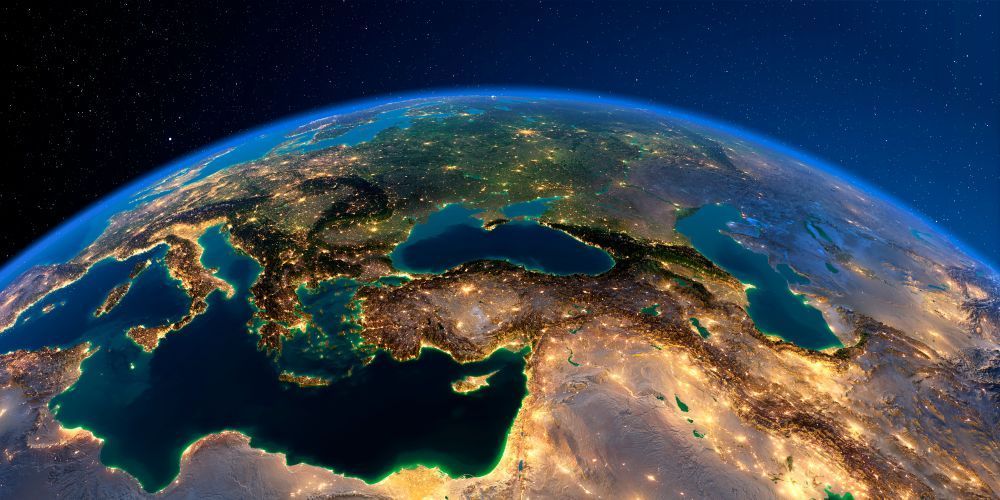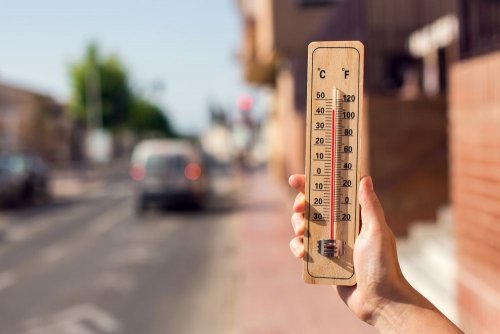The latest inventions of mankind, such as the metasvit, artificial intelligence and virtual reality can become effective tools for inhibiting the processes of global warming.
This opinion was expressed in their annual report "United by Science" by scientists of the World Meteorological Organization (WMO).
According to a new report, it is most likely that in this century the temperature in the world will rise by 3 ° C above pre-industrial levels. The probability of this is about two-thirds. Therefore, they proposed several possible solutions to prevent the implementation of such an alarming forecast.
- Artificial intelligence (AI) can "revolutionize" weather forecasting
According to scientists, AI and machine learning (MH or ML) can make high-quality weather modeling faster, cheaper and more accessible to low-income countries.
Trained on reanalysis and observational datasets, AI/ML models can potentially predict hazardous events such as tropical cyclones or make long-term predictions for El Niño and La Niña.
At the same time, scientists warned that despite the "huge potential" for protecting people, the models are limited by the low quality and availability of data. Also, current models do not include the hard-to-predict variables associated with the ocean, land, cryosphere, and carbon cycle.

- Using achievements in the field of space observations of the Earth
High-resolution, high-frequency observations are critical for effective weather forecasting, climate and environmental monitoring.
The WMO noted that collaboration here is key to ensuring that public-private partnerships also serve global goals – and fill data gaps on the ocean, climate, aerosol and hydrological variables, and the cryosphere.
- Immersive technologies are also able to contribute
Technologies of full or partial immersion in the virtual world – digital doubles, virtual reality and metaworld – can be widely used by scientists: from modeling floods and droughts to predicting water flows and land degradation.
Digital twins are a virtual representation of a real system with all the exact data to check how reality will react in a particular situation. Metaspace unites virtual worlds into an "integrative system" that provides an immersive effect.
These technologies will help experts make more informed decisions about natural disasters or changes in ecosystems.

- Applying transdisciplinary approaches for better climate solutions
With their help, different actors, including academics, politicians, indigenous communities and civil society groups, will co-create solutions. Involving these stakeholders from the start and shaping decisions according to local conditions is the key to success, according to the report's authors.
- Early warning systems for all
Scientists are convinced that Multi-Hazard Early Warning Systems (MHEWS) are critical to saving lives.
According to the WMO, deaths from natural disasters in countries with limited or moderate coverage of early warning systems are almost 6 times higher than in countries with high or full coverage.
Most of the world's countries are now protected by such systems, but significant gaps remain. As part of the Early Warning for All (EW4ALL) initiative, WMO wants all countries to be covered by this system by the end of 2027.
Earlier, EcoPolitic informed that Europe went under water en masse due to climate change. Heavy floods and downpours that European countries have faced have caused widespread destruction and at least 17 human casualties in various states of the continent.
We also told that due to climate change in the seas of Europe can start grow pearls





